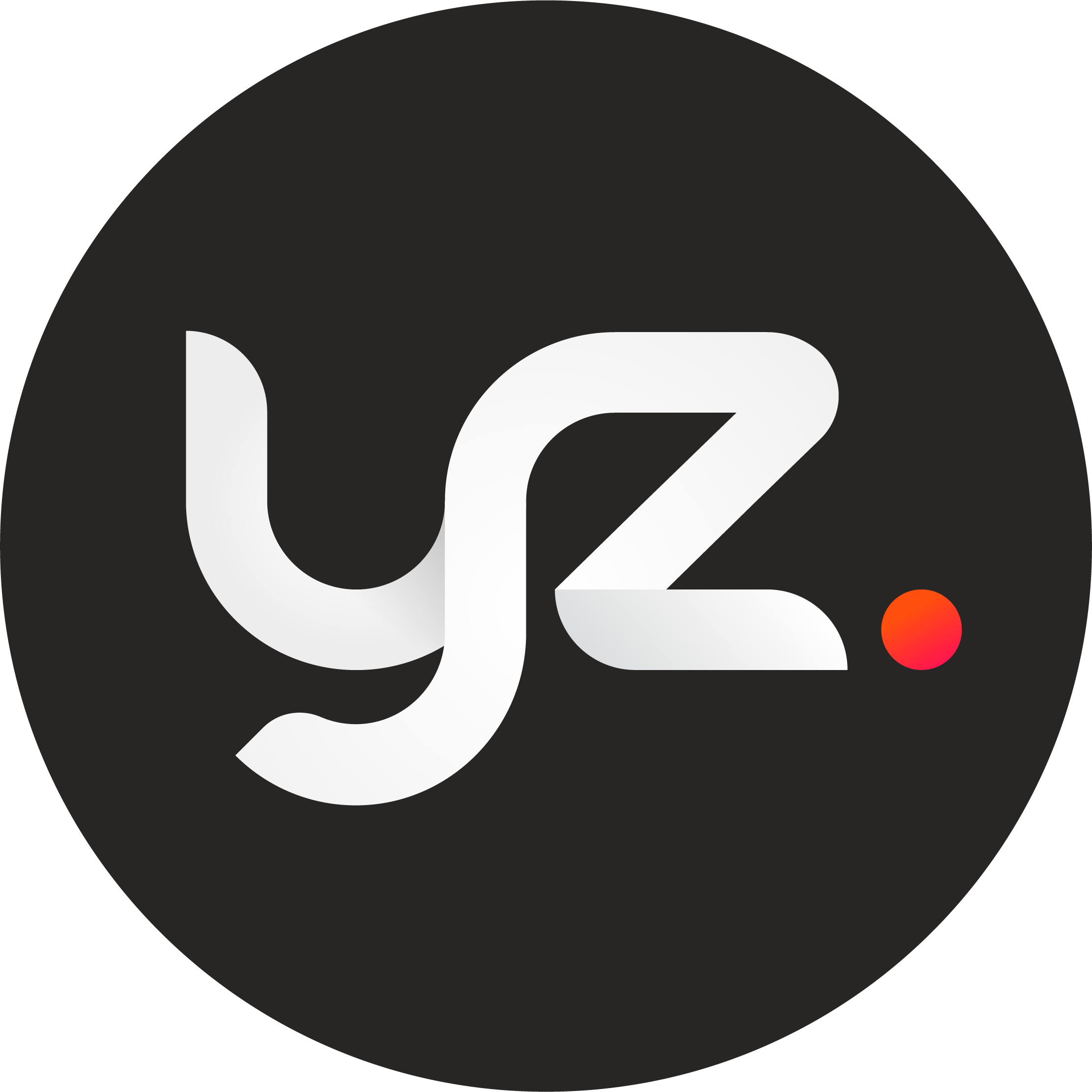A cleaner, bolder, more intentional experience is coming soon.
In the meantime, you can still reach me or view selected work here:
📧 Email: contact@yassiezidane.com
🔗 LinkedIn / Behance
Thanks for your patience — see you on the other side ✨
—
Yassine Zidane, Product Designer



